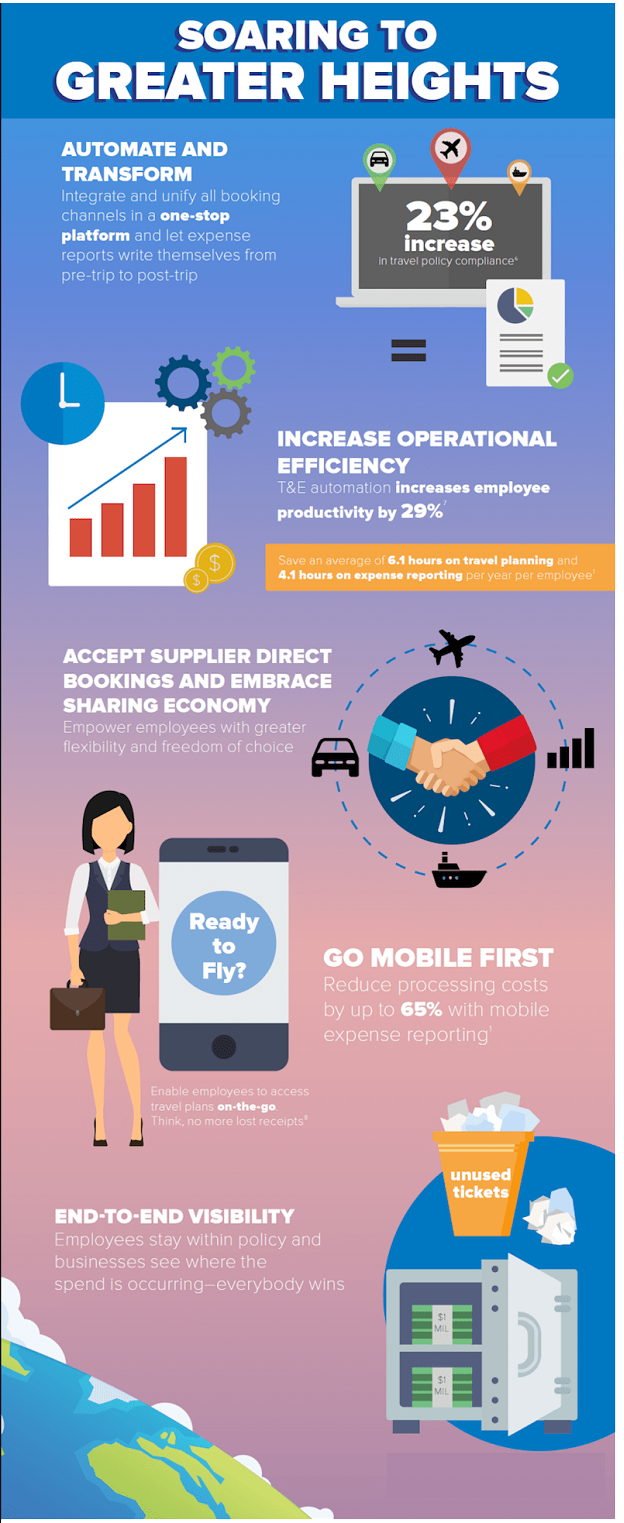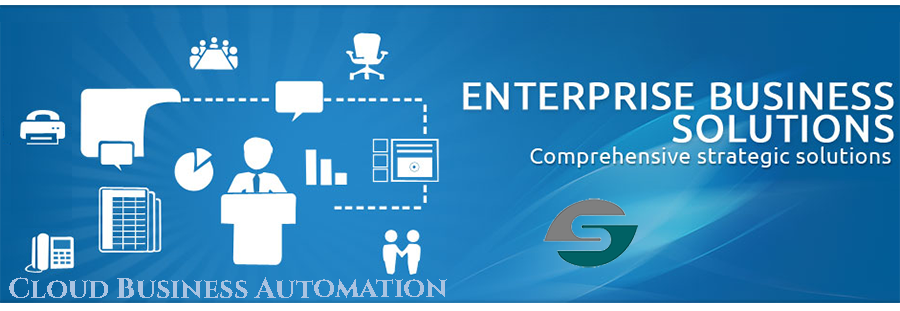 EMPLOYER || CANDIDATE
EMPLOYER || CANDIDATE
Virtual Assistant
Virtual Office Where it Stands Today

Virtual Office Where it Stands Today
Remote work is moving from perk to business strategy.
According to an Elance survey, 73% of respondents said that they planned to hire remote workers within the next year. It’s clear that more businesses are embracing virtual staffing
Companies are starting to adopt remote work as a way to accomplish business goals, rather than just as a nice perk for employees—and that’s great news for anyone who wants to work remotely.
There’s been a 115% increase in telecommuting over the last 10 years, and 43% of the U.S. workforce currently work remotely to some degree.
Whether you want to convince a current employer to let you work remotely, or find a remote job for yourself, you should understand the business case for remote work so you can speak about it as a business strategy, rather than a perk you’d like to have.
Remote work helps companies reduce operating costs, attract or retain talent, expand into new markets, be better environmental stewards, be prepared for emergencies or disasters, improve worker health and satisfaction, and more.
Because of these advances in communication technology and internet access, teleworking has become a fairly accepted practice in many offices, both in the U.S. and globally.
"The modern workforce is increasingly mobile, collaborative, dynamic, and comprises multi-generations, all with differing communication preferences," said Stacey Epstein, CEO of Zinc.
"These workers span multiple industries … all who represent unique challenges when it comes to staying connected while on the job."
Jeff Corbin, CEO and founder of theEMPLOYEEapp, an internal communications platform by APPrise Mobile, said that attitudes toward remote work are changing, and employees have come to expect the ability to work from anywhere.
"There is an expectation that individuals should have the ability and freedom to work remotely and not be confined to an office setting or desk," Corbin told Business News Daily.
"There is also an expectation that employees should have instantaneous access to what they need to do their work."
However, according to a study by Zogby Analytics on behalf of Zinc, 41 percent of workers said their company doesn't provide mobile communication tools for the organization.
Instead, they rely on old-fashioned tactics like bulletin boards and phone trees – and workers turn to texts, Skype and Facebook Messenger as their main forms of communication. This lack of messaging platforms and technologies affects company communication.
While 71 percent of managers feel up to date on work news, only 40 percent of staff feel the same. 79.7% increase in usage of telecommunicators since 2005 1 in 5 hires will at least work remotely a portion of the time.
Remote workers are becoming more prevalent in today's business world. Many industries and companies now allow employees to work from anywhere with a Wi-Fi connection, causing a major shift in trends to accommodate these changes.
Virtual Staff Efficiency Report
Benefits of Remote Staff
 Cost Advantages
Cost Advantages
The most obvious benefit is cost savings that remote staffing brings about. You can get your job done at a lower cost and at better quality as well.
 Increased Efficiency
Increased Efficiency
Remote staffing brings in years of experience in business practices and expertise in delivering complex projects.
 Faster and Better Services
Faster and Better Services
It makes your service offering better with high quality deliverables and decrease the lead time it takes to reach the marketplace.
Business Model Innovation
 Outline the Dominant Business Model
Outline the Dominant Business Model
What are the long held core beliefs in your industry about how to create value?
 Disect the Most Important Long-Held Belief
Disect the Most Important Long-Held Belief
What underpins the most important core beliefs; notions about customer interactions, technology performance, or ways of operating?
 Turn an Underlying Belief on its Head
Turn an Underlying Belief on its Head
This means formulating a radical new hypothesis, one that no one wants to believe-at least no one currently in your industry.
 Sanity Test Your Reframe
Sanity Test Your Reframe
Many reframed beliefs will not make sense. Applying a proven reframe from another industry may succeed. Unlike product and service innovations, business-model innovations travel well from industry to industry.
 Translate the Belief to your New Business Model
Translate the Belief to your New Business Model
Once you arrive at the reframe, the new mechanism for creating value pretty much suggests itself-just take the reframed belief to its logical implications.





















